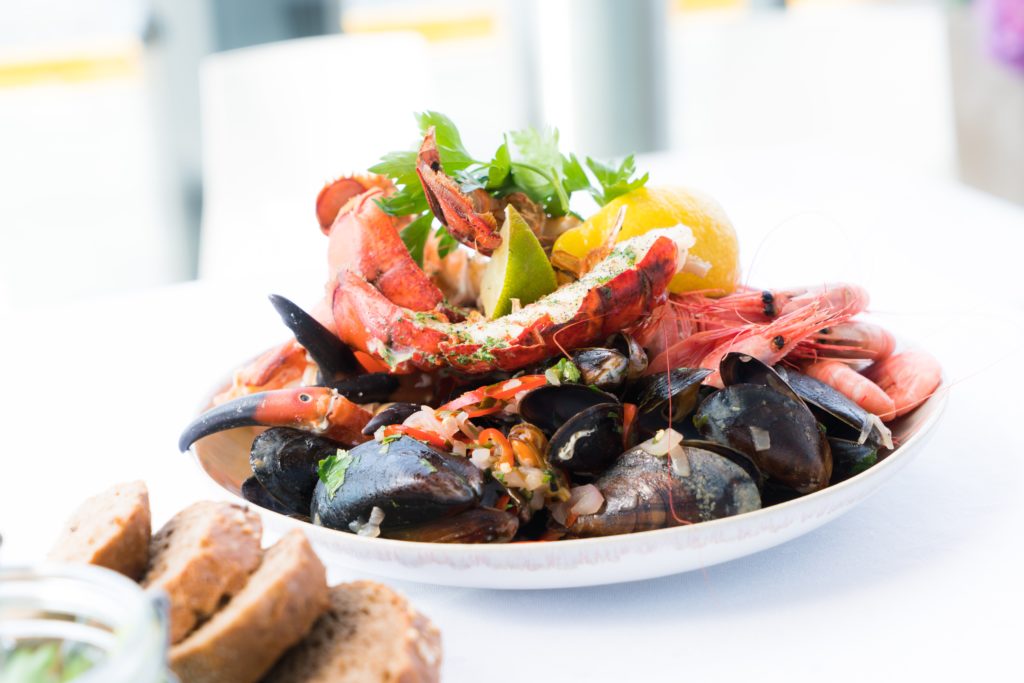
The most famous nutritionist talks about why iodine is a super-important element for women and in which products it should be sought.
People who are iodine deficient cannot produce enough thyroid hormones. This can cause many problems.
The World Health Organization (WHO) recommends daily consumption of:
● 90 mcg of iodine for infants and children under 5 years
● 120 mcg for children from 6 to 12 years
● 150 mcg for children ≥12 years and adults
● 250 mcg during pregnancy and lactation
Who is at risk?
People who do not consume iodized salt. Adding iodine to salt is the most moderate strategy for controlling iodine deficiency.
Pregnant women need about 50% more iodine than other women to provide their baby with enough of this element.
People who follow a vegan diet or eat little or no dairy, seafood and eggs. Seafood, eggs, milk and dairy products are some of the best sources of iodine.
Goiter, an enlarged thyroid gland, is often the first visible sign of iodine deficiency. Additional factors that may exacerbate the effects of iodine deficiency include concomitant deficiency of iron, selenium and vitamin A.
Iodine can be obtained by consuming products that contain it in its natural form (fish, seafood, kelp, vegetables grown on soil with sufficient iodine) or to which it is added (iodized table salt or products enriched with iodine).
Important: Focus on iodized table salt, not sea, Himalayan and other forms. 1 g of iodized salt contains about 30 mcg of iodine, ie enough 1 tsp. per day to cover daily needs.
Most producers of sea and other types of salt do not iodize their products, so this is a completely defective and not identical replacement for iodized.
Top 10 products with maximum iodine content:
Seaweed
Squid
Feijoa
Hake
Pollock
Oysters, shrimp
Perch
Flounder, capelin, salmon, tuna
Eggs
Dairy products




